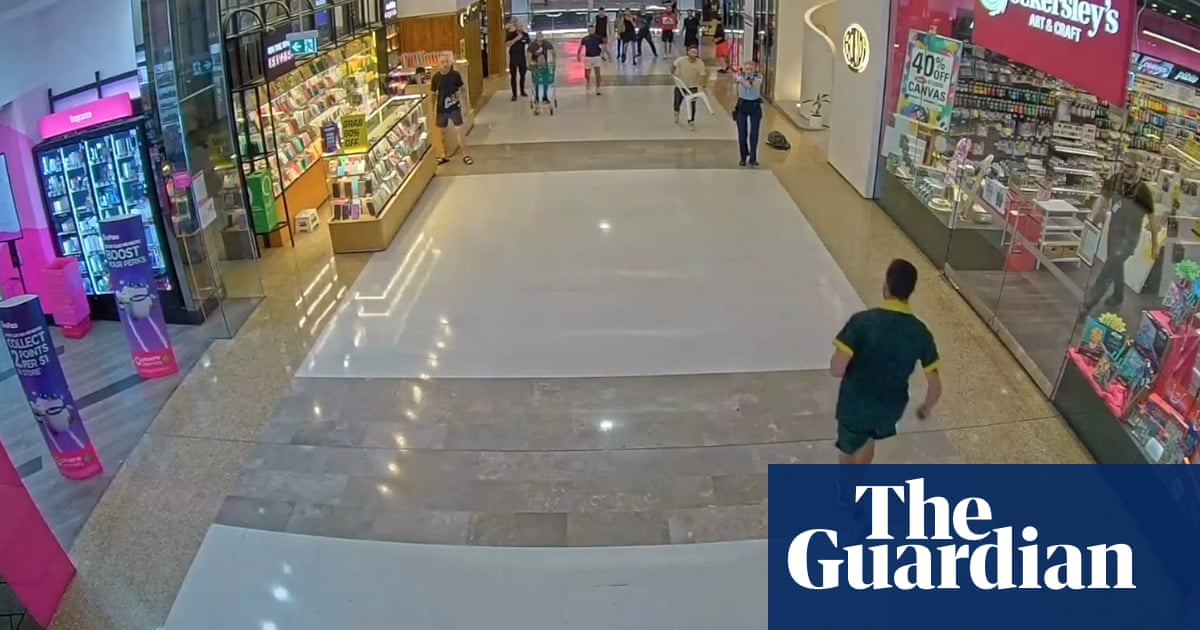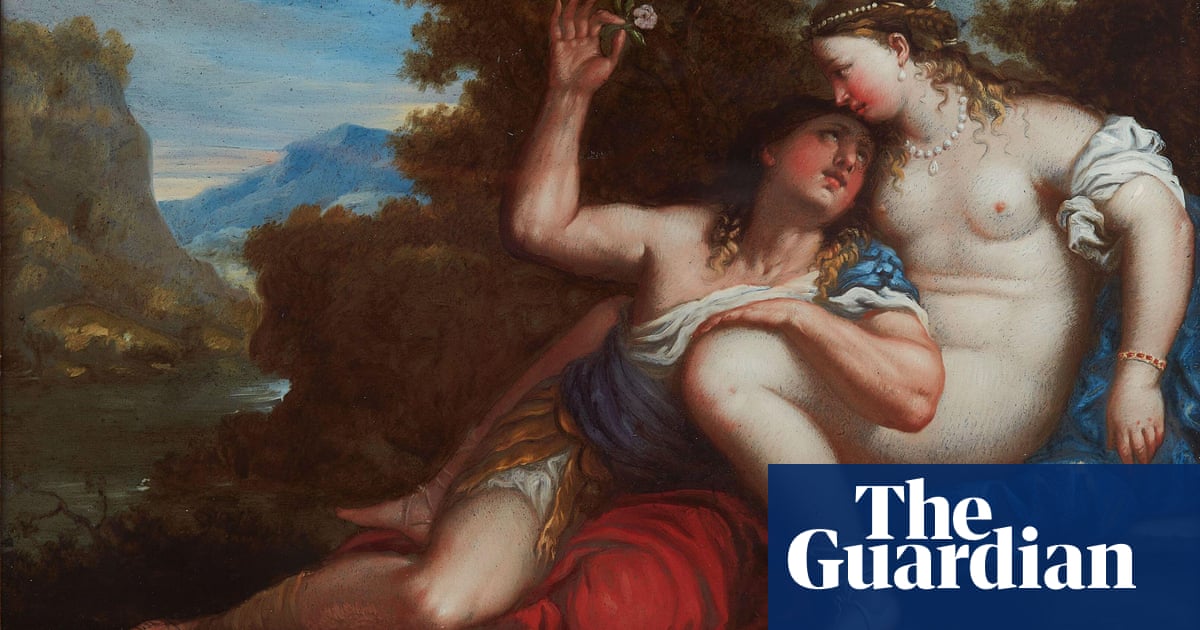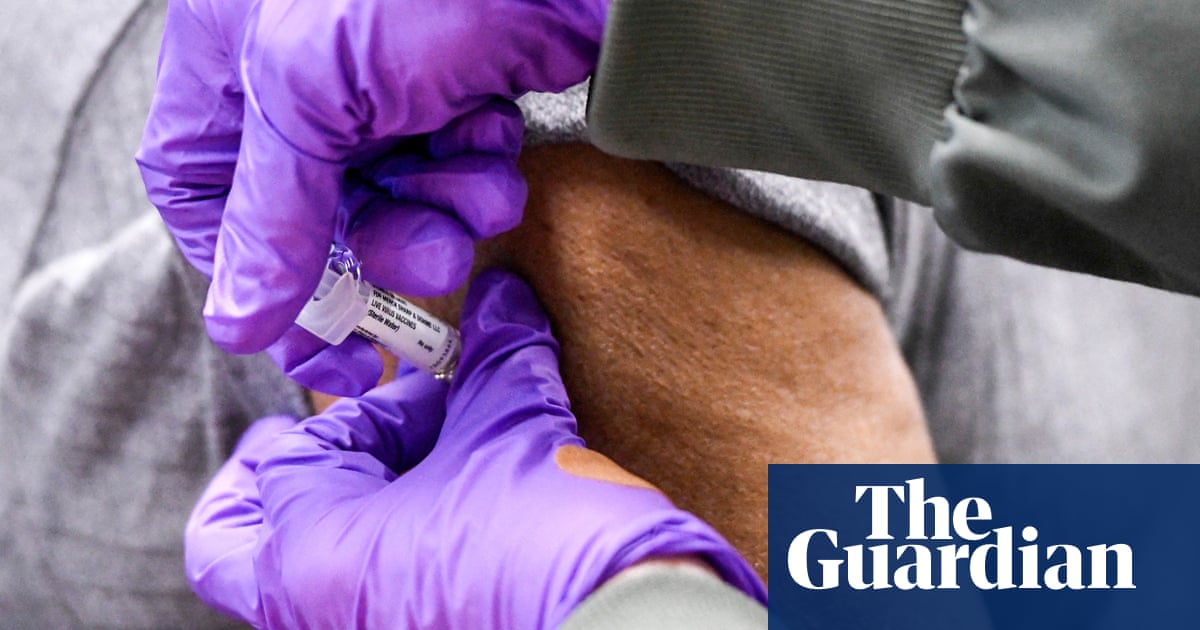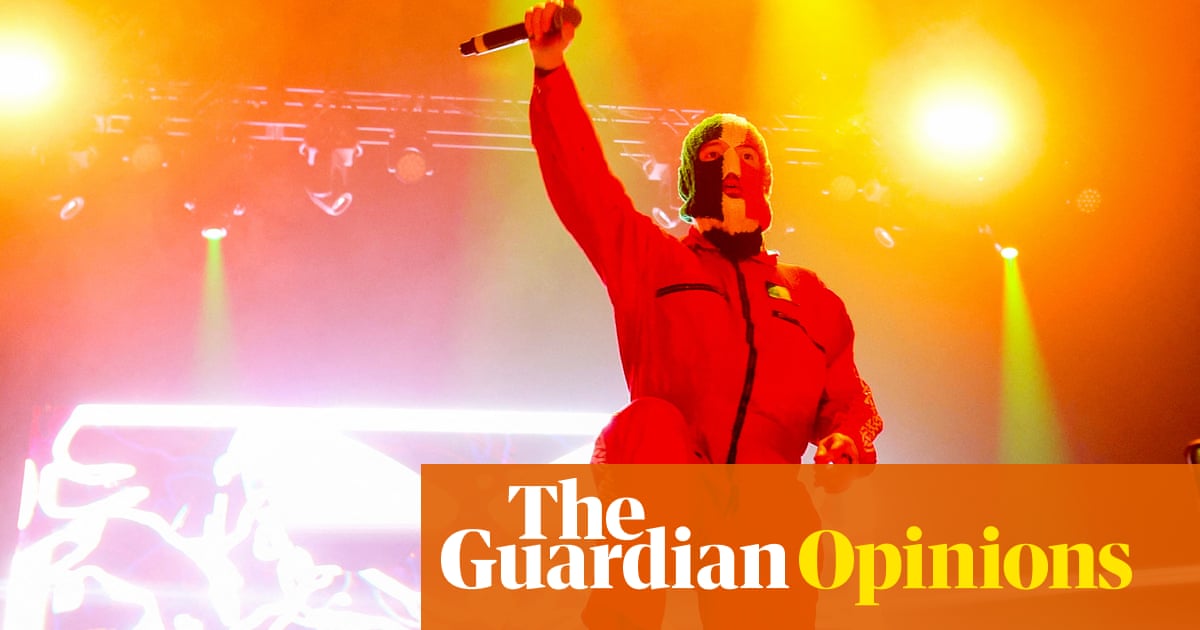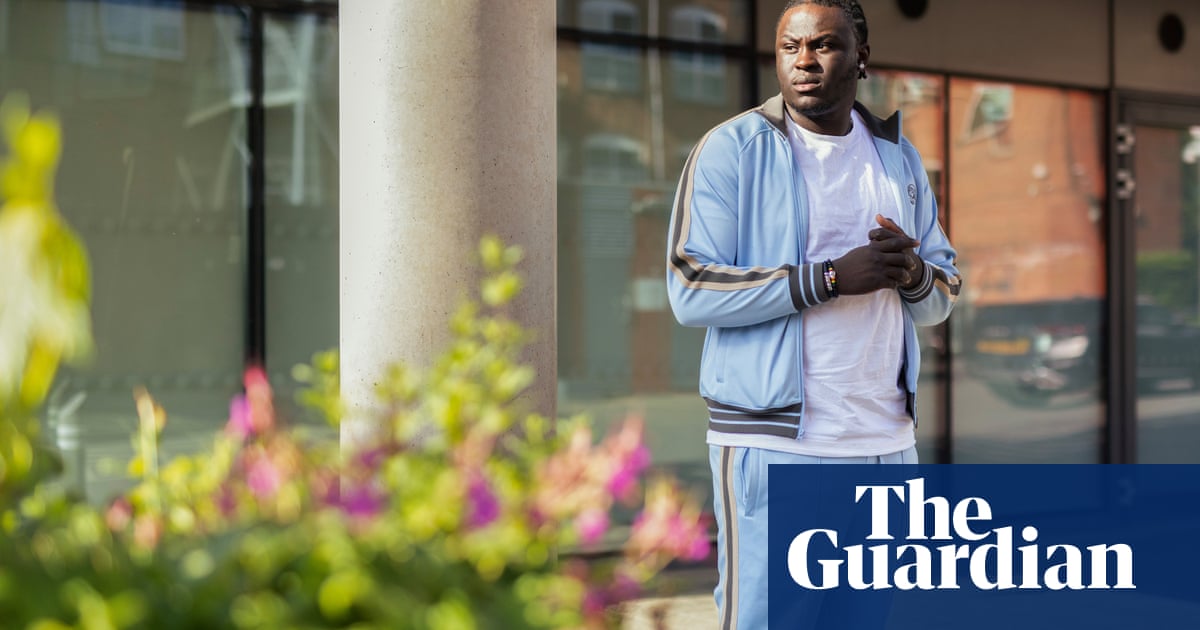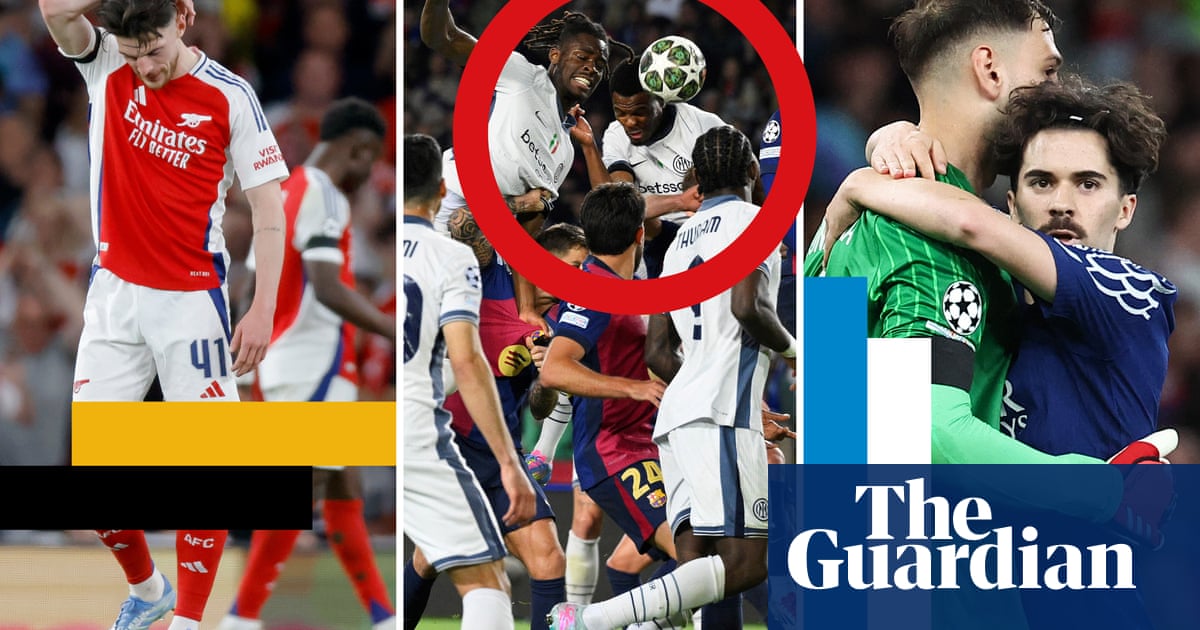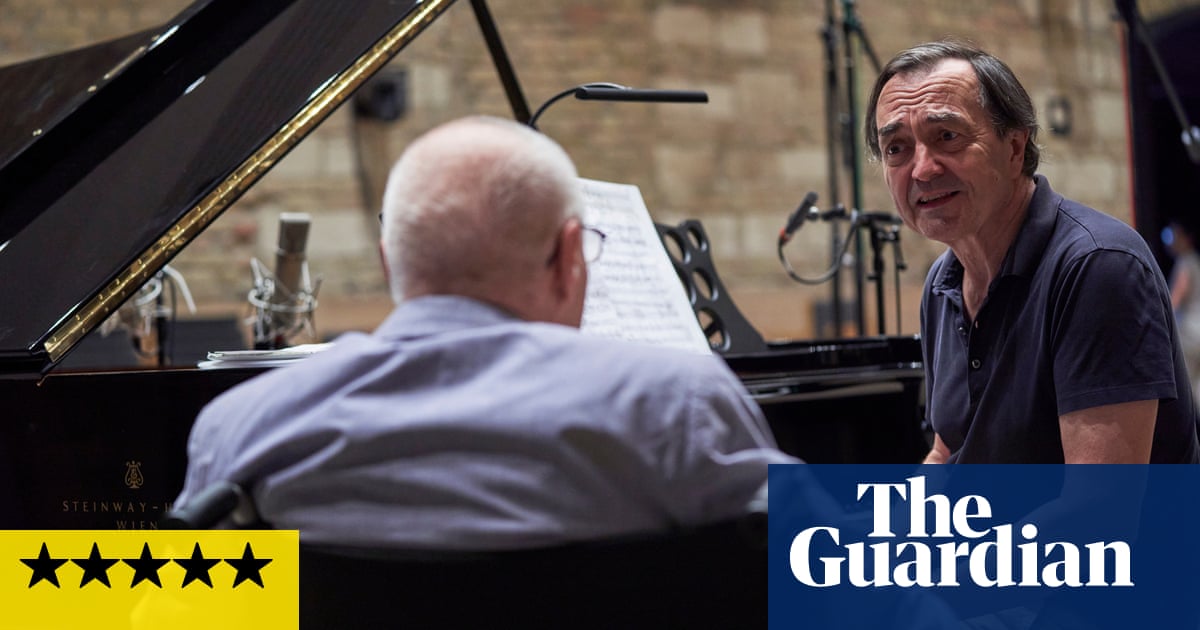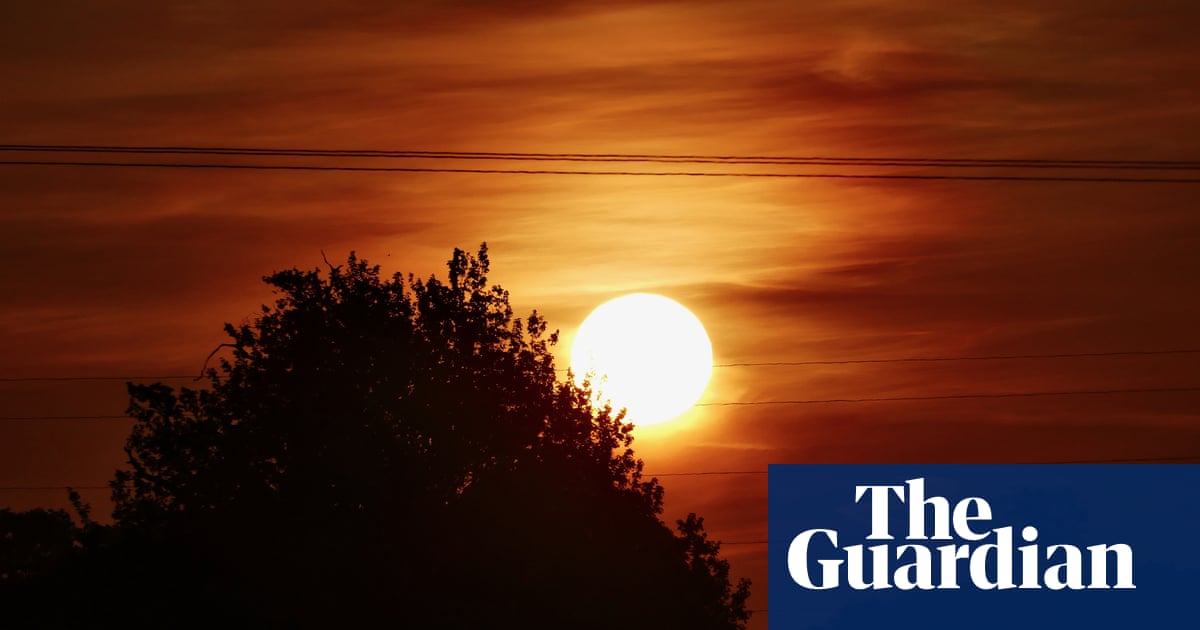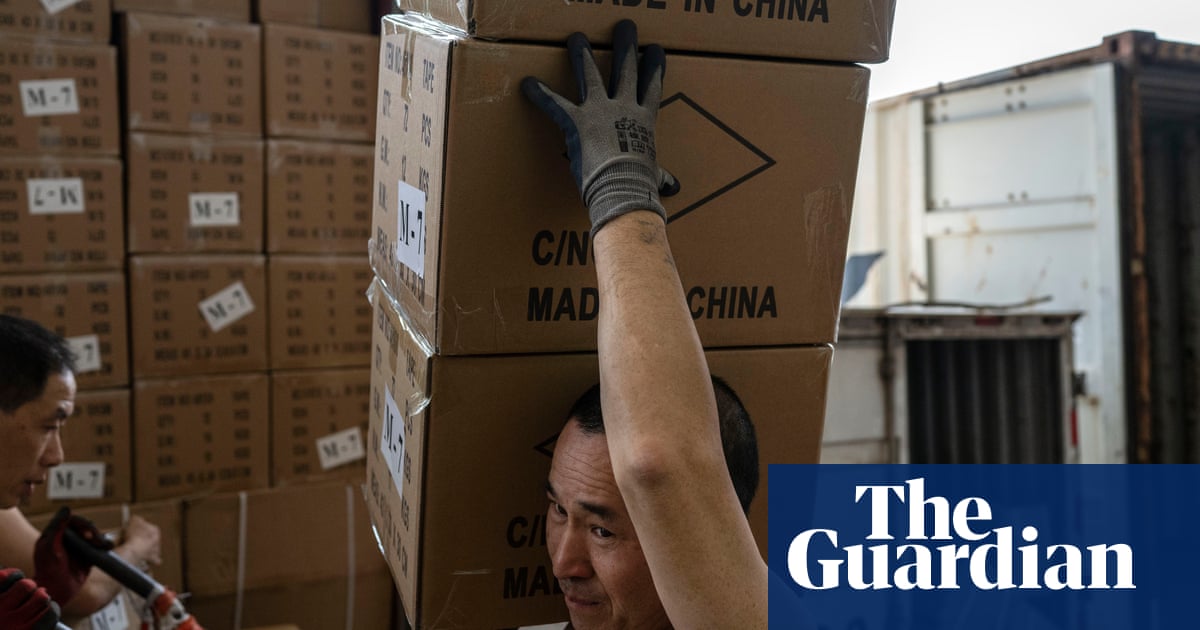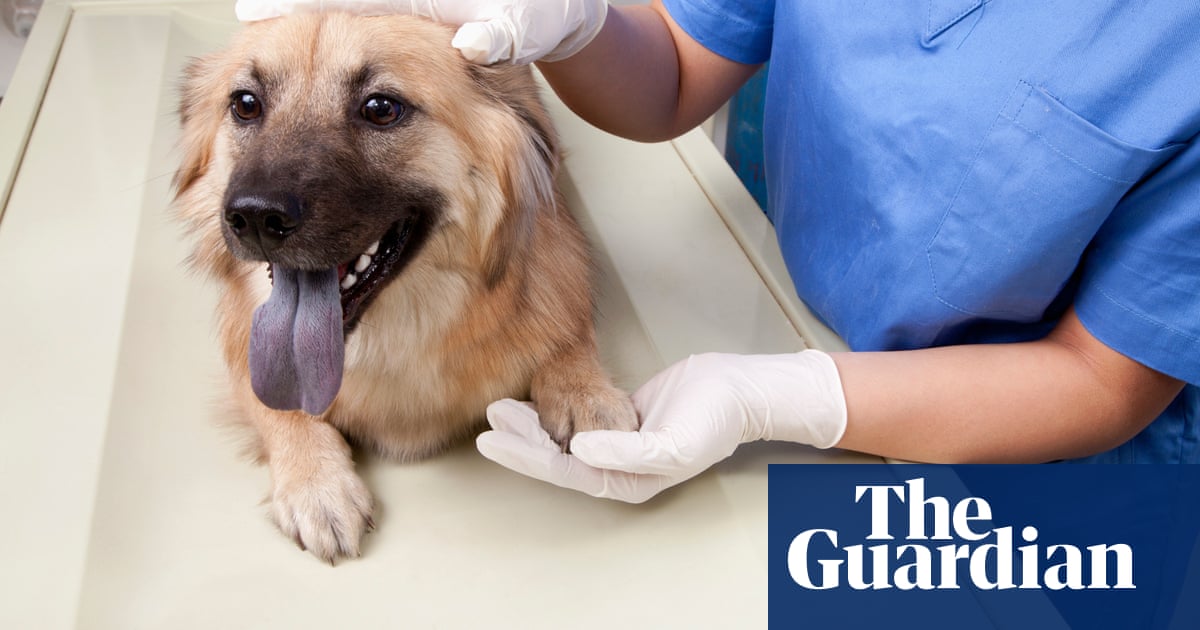Modern-day conclaves are steeped in mystery: cardinal electors swear an oath of secrecy – and so do the cooks, drivers, medics and others who support their deliberations. Before the conclave begins next week, the Sistine Chapel will be swept for electronic bugs, jamming devices will be installed, and special coatings will be placed on windows to stop laser scanners picking up anything audible.
It wasn’t always this way: in the past, letters, diaries and other writings by cardinals and their attendants gave revealing accounts of what happened in the meetings convened in order to choose a pope.
Here, with the help of the historians Vanessa Corcoran of Georgetown University in Washington and Miles Pattenden of the University of Oxford, we look at some of the more noteworthy conclaves from the past.

236
This was the year that a dove landed on the head of a priest named Fabian, which the cardinals took to be the Holy Spirit descending upon him. Fabian was unanimously elected pope.

1241
Cardinals were locked inside Rome’s Septizodium Palace in stifling heat and unsanitary conditions. One died and several fell ill, and the factions were unable to agree on a new pope. Frustrated by the slow deliberations, Romans threatened to dig up the recently departed Gregory IX’s body. Eventually the cardinals chose an aged and enfeebled man, who took the name of Celestine IV. He died 17 days later, before he had even been enthroned.
1268-71
The longest papal election in history lasted two years and nine months – mainly due to factional infighting between cardinals. Three of the 20 cardinal electors died before a decision was made.
The cardinals met in the city of Viterbo, which was made the papal base as Rome had descended into criminality. Two years after they began their deliberations, exasperated local people took drastic measures to try to force a conclusion. They locked the cardinals in the Palazzo dei Papi, walled up the doors and windows, and reduced rations to bread and water. When that failed they removed the roof, exposing the cardinals to the elements.
Amid these austere conditions, the cardinals at last agreed on Tebaldo Visconti, who became Gregory X. One of his first acts was to create the conclave, with daily voting, as a way of electing future popes.

1378
The papacy had only recently returned to Rome after 70 years in Avignon, in modern-day France. Gregory XI, a Frenchman, died soon after. As the cardinals met to decide his successor, a mob – fearing that the return to Rome would be short-lived – surrounded the conclave, demanding they choose a Roman pope – and “se non che tutti vi occideremo” (“if not we will kill you all”).
The cardinals swiftly elected Bartolomeo Prignano from Naples, who became Urban VI. But he was a disaster, and within a few months some of the cardinals had declared his election invalid and held a rival conclave. Their choice, Clement VII, re-established a papal court in Avignon. The schism lasted four decades, with each line of popes claiming to be the true successor and excommunicating the other.

1492
The college of cardinals met for the first time in the newly built Sistine Chapel. One of their number, Rodrigo Borgia, a powerful and wealthy man who fathered several children with a string of mistresses, offered his colleagues lucrative sinecures in exchange for their votes. He duly became Alexander VI.
1503
The death of Pius III led to the shortest conclave in history. Within a few hours, Giuliano della Rovere, a man of little charm and with a violent temper, had become Julius II, also known as the “warrior pope” for personally leading military campaigns on behalf of the papal states. He also began the rebuilding of St Peter’s Basilica and established the Swiss Guard.

1605
The conclave that elected Paul V included a fist fight between cardinals in which they ripped the lacy bits off their rochets.
1655
A group of young cardinals, bored with weeks-long deadlock, decided to play a prank on older colleagues. One dressed up as the Holy Ghost and surprised older members of the college in the dead of night. A cardinal is said to have died of pneumonia after falling and lying on a cold floor in shock after a nocturnal visit.
1846
This conclave elected a man who became the longest reigning pope after St Peter, the first pope. Pius IX was pontiff for 31 years.

1978
There were two conclaves this year, in August and again in October following the 33-day tenure of John Paul I. The second conclave chose the first non-Italian pope for 455 years when they elected the Polish cardinal Karol Wojtyla. The charismatic John Paul II – later canonised by Pope Francis – became one of the most popular pontiffs of all time and spent 27 years as the head of the Roman Catholic church.

 3 hours ago
7
3 hours ago
7
